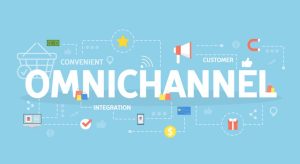Customer Feedback and Reviews
Customer feedback and reviews are invaluable assets for any business seeking to understand and measure brand loyalty.
This direct form of communication provides qualitative insights into how customers perceive your brand, products, or services.
By actively soliciting and analyzing feedback through surveys, online reviews, and social media platforms, businesses can identify not just how loyal their customer base is, but also uncover specific aspects of the customer experience that drive satisfaction and loyalty.
This feedback serves as a critical tool for recognizing areas where a brand excels and pinpointing opportunities for improvement. Importantly, addressing customer feedback and making visible changes based on their suggestions demonstrates a brand’s commitment to its customers, further cementing their loyalty and trust.







